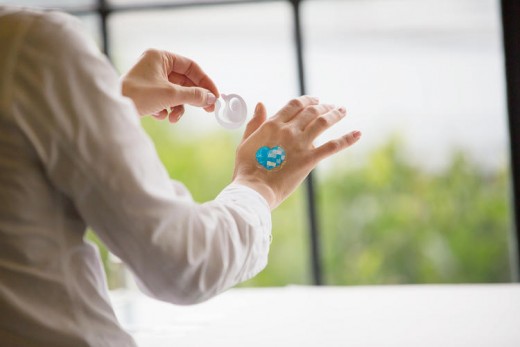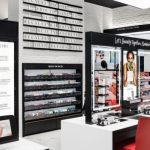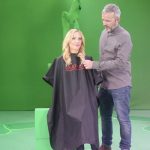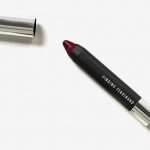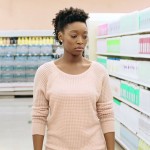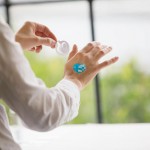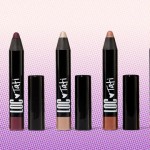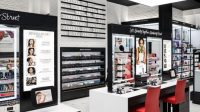L’Oréal’s newest beauty Secret: it’s performing Like A Tech firm
Sticking the My UV pores and skin patch for your arm is a cinch. it’s so simple as applying a Band-assist or a nicotine patch. there may be one crucial difference: This customized solar protection instrument has 5 layers of micron-skinny electronics, together with close to box conversation capabilities.
however the creators of this explicit wearable would simply as soon you didn’t consider any of that. For it to be successful, if truth be told, you’ll be able to wish to easily ignore that it can be a bit of sophisticated technology—a lot so that you can throw it away after 5 days. L’Oréal desires you to think of it as skin care.
“If L’Oréal put a product in entrance of you and stated, ‘here, put this in your skin,’ there is a good chance you are going to test it,” says Liam Casey, CEO of PCH international, the engineering and design firm that helped create the product. “If, like, HP put it available in the market and mentioned, ‘good day, put that on your skin,’ . . . i am sorry.”
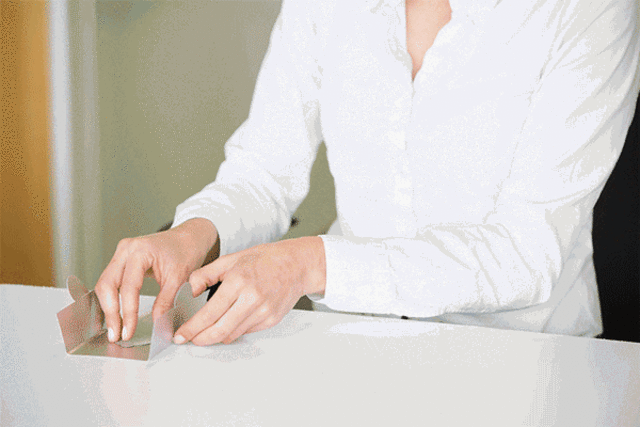
When L’Oréal’s La Roche Posay pores and skin-care brand rolled out its digital UV tattoo on the shopper Electronics express in January, it received common consideration. A decal that measures UV publicity and connects with your smartphone to inform you to position on sunscreen is a profitable pitch. And it represents a far greater probability—the merging of the $115 billion international skin-care market with the $223 billion client electronics industry.
“these days you’ve got various NFCs in issues like the hotel reader cards where it allows you to open your hotel,” says Guive Balooch, international vice president of L’Oréal know-how Incubator, where My UV skin used to be born. “but . . . this is going to be the long run. I’m positive of it. the brand new wearables in the next few years shall be all around having the ability to put things in your body.”
That said, producing a line of know-how products does not come naturally to an organization that has traditionally specialized in chemistry. And whereas L’Oréal pushes hundreds of thousands of tubes of lipstick annually, scaling up a supply chain in the electronics trade requires a special roughly recognize-how.
Billed as a “2nd skin electronic wearable,” the patch monitors how so much UV exposure you’re getting on any given day and gives you customized care suggestions in accordance with your skin coloration, tone, and kind. all of it connects to an app that analyzes data from the patch’s sensors and determines how so much UV exposure you might have bought. (hint: pores and skin harm happens means than you suppose!).
All that happens inside of a patch that’s about 50 microns thick (round 1/2 the width of a human hair). There are 5 layers, starting with the adhesive strip that sticks to your skin. the following layer comprises an NFC coil, in addition to the microchip that sends a signal to your phone to open the app. the next couple of layers contain the dyes that fluctuate colour and pattern showing, even with no telephone, that the patch is working. And eventually a substrate that seals the whole package deal into a coronary heart shape and prevents rusting of the metals within.
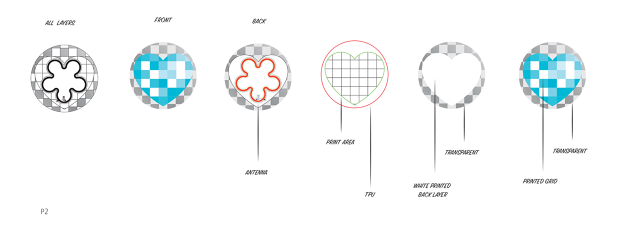
“All these totally different materials come from totally different suppliers . . . and you’ve got to have the accuracy of slicing this without deforming any of the substrate between each reduce,” says Andre Yousefi, lead engineer on this mission and a key a part of the staff that has incubated merchandise reminiscent of Ringly and the Birdi sensible Air reveal. as soon as the components are in situation, the skin patch—which is about an inch in diameter—can be assembled.
that’s when the manufacturing course of get tricky, for the reason that patch can’t be uncovered to any mild. “You take care of that within an extraordinarily controlled UV setting,” says Yousefi. “and also you’re running it via quick sufficient that it doesn’t get much publicity.”
The layer above the electronics comprises picture-oxidated dye that reacts to mild. There are 16 squares in the middle, and 10 of the squares are reference colors, “so they’ll calibrate the dimension,” says L’Oréal’s Balooch. “and then you will have six of these squares that modify shade . . . at completely different charges. This square is 20 minutes within the sun. This square is 2 hours within the solar. This square is eight hours, this is someday, this is two days, this is five days.”
The squares are in an awfully particular order and shade sample—the sample is basically a mathematical algorithm represented as pixels. As they begin to turn coloration, you take the app, take a photograph of the patch, and step by step it tells you the way so much sun you’ve been getting cumulatively all over the time you have been sporting it. It also tells you when probably the most solar-damaging instances have been.
“That algorithm, it’s very advanced,” Yousefi says. it is “L’Oréal’s PhD secret sauce around the UV.”
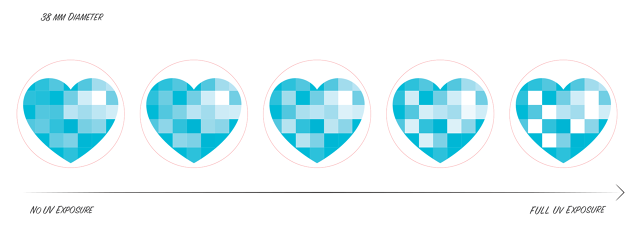
L’Oréal partnered with MC10, the Massachusetts-based totally versatile sensor maker, to prototype and miniaturize the product. After refining the design for greater than a yr, the cosmetics firm became to PCH for further engineering improvements as well as creating a provide chain and manufacturing course of that could scale it into a consumer product.
“the problem with something like that is bringing collectively so a variety of technologies,” says Liam Casey, founder and CEO of PCH world. “you have to get the experience from L’Oréal across the layer that goes on the pores and skin. it’s a must to go to MC10 to get some experience on the technology section. That purpose they’re extra inclined to come back to us, because they’re seeing all these great concepts, they’re saying, ‘ok, these are actual concepts, how will we actually commercialize them?'”
consequently, L’Oréal and PCH entered into a strategic partnership so one can result in extra products within the years in advance. the heart will be most effective some of the patch shapes, and there are extra merchandise within the pipeline.
“We wish to construct a sequence of merchandise in coming years which might be the hyperlink between know-how and charm,” adds Balooch. “That’s no longer most effective around simply wearables. It’s round personalizing, customizing cosmetics.”
When the My UV Patch launches later this year as part of the La Roche Posay brand, the plan is to offer it away without cost. The sampling technique is supposed to get people used to carrying the technology. And more importantly from L’Oréal’s standpoint, to raise awareness of solar and skin care.
“there is an inherent disconnect between individuals and working out actually how so much solar exposure they’ve,” says Balooch. “they only don’t understand how much publicity they’re getting on a every day basis, which via itself goes to be like an epiphany.”

The app will even supply recommendations about what varieties of pores and skin-care serums and sunscreens to use, after all—as well as what lifestyle adjustments to make. The UV filter market on my own is predicted to grow to $624 million by using 2018. L’Oréal has been researching “photograph protection” merchandise for 35 years now, and Balooch thinks we’re transferring past the era in which sunscreen is thought to be a stand-by myself product. “Which sorts of regimens of merchandise should you employ together in keeping with the extent of exposure you’ve had?” he says. “for instance, it is advisable have a serum and an SPF. There’s data in regards to the stage of UVA that you simply’re getting and wrinkles and dark spots.”
how it all works: For each of the five days that the patch works, it’ll let you know to take the scan every few hours and also you’ll get a graph of how much publicity you’ve had. it will also provide you with suggestions round merchandise to make use of as well as lifestyle tips. As Balooch explains, “what are the things that we might recommend so that you can do to offer protection to your self better, like all over these hours of top sun, make sure you observe the correct amount of sunscreen, be sure to go to the color. these can simplest happen should you really take into account how a lot solar is in point of fact on the particular person’s pores and skin. With a climate app, you wouldn’t have the ability to do this, because they have got one sensor in the course of the city that’s assuming you’re out in the identical house the whole time.”
And when you were questioning: that you can apply sunscreen on prime of the patch. It received’t exchange shade unless the product has been picture-oxidized. “That is very important,” Balooch says.

the final packaging remains to be being perfected, but if Balooch’s crew can get mainstream girls and kids used to sporting a near box communication device on their skin, it will characterize a huge step in the mainstreaming of body sensors.
“Our position in L’Oréal is to convey tech in a approach to empower the choices for the consumer,” says Balooch. “within the subsequent five years, i believe individuals are going to be more aggravating about having merchandise that truly work for his or her particular person wants. The extra we have now applied sciences [to] consider what their person desires are, the extra we will enhance better products.” He adds: “That’s where technology will carry magnificence to some other level.”
the center-shaped My UV skin patch measures UV exposure and connects with your smartphone to notify you to position on sunscreen.
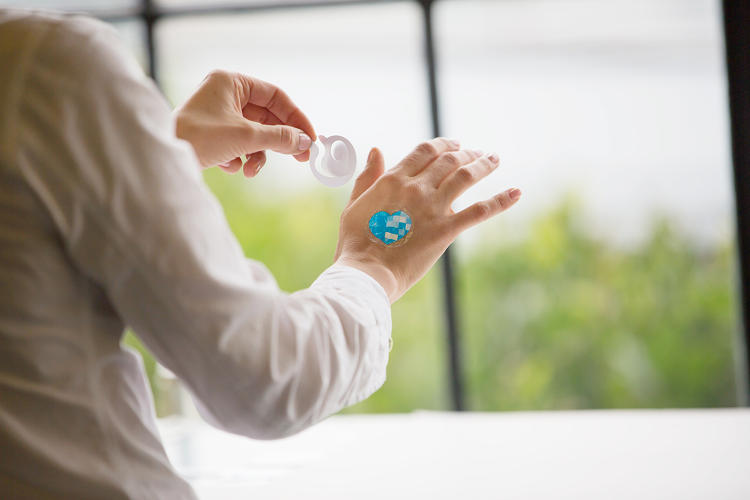 <img alt="
<img alt="
The squares are in an extraordinarily particular order and shade sample—basically a mathematical algorithm that tells you the way much solar you might have been getting.” information-lazy=”http://e.fastcompany.net/multisite_files/fastcompany/imagecache/slideshow_large/slideshow/2016/02/3056231-slide-i-3-5-layers-deep-in-tech.png”>
because it starts to turn shade, you take the app, take a photograph of the patch, and it tells you when essentially the most sun-harmful occasions had been.
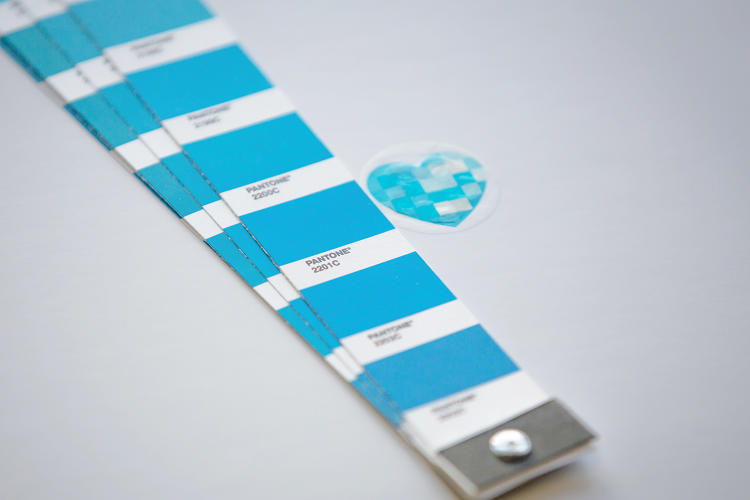
The patch has five layers, considered one of which homes a near container communications coil and microchip.
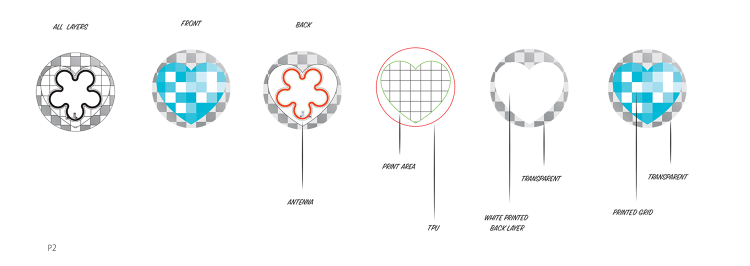
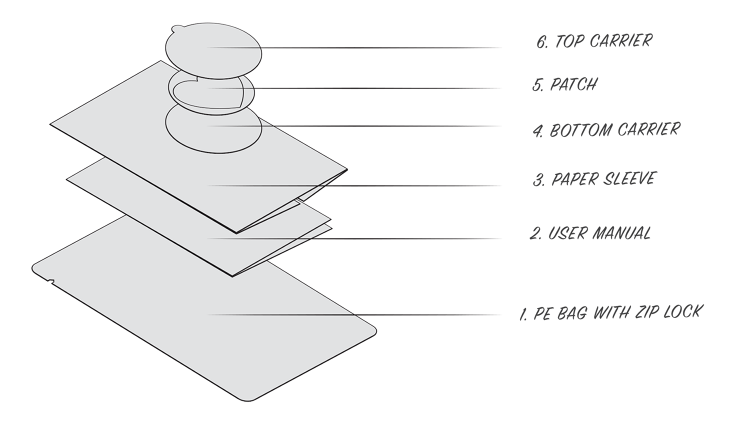

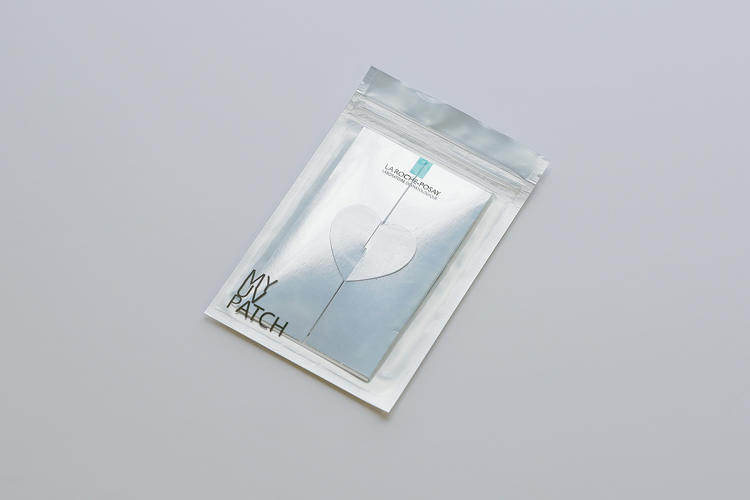
Exploded View With colours
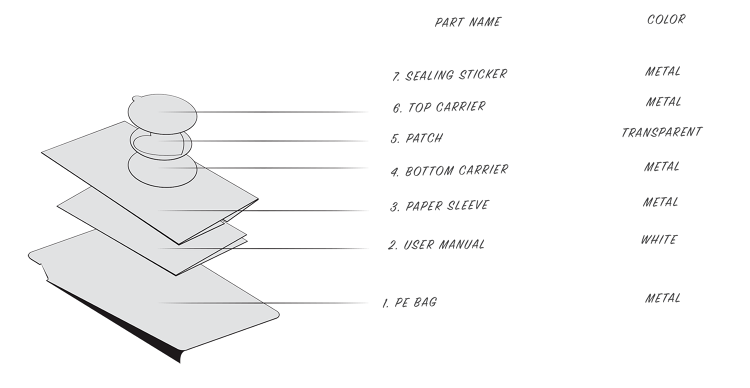
When the My UV Patch launches later this yr as a part of the La Roche Posay model, the plan is to present it away for free.

(170)

